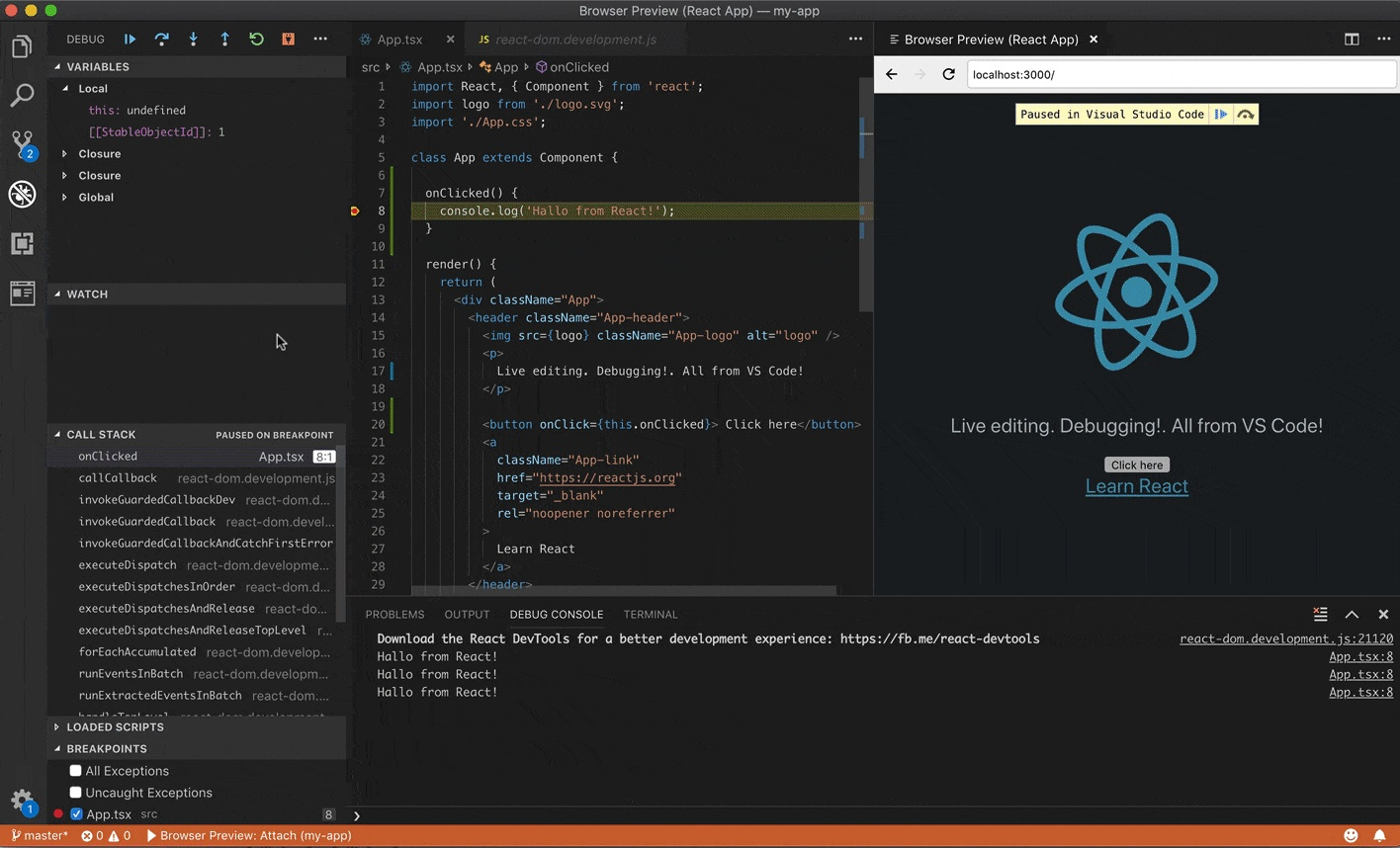

It’s taken a little while to gain traction, perhaps because it’s one of Microsoft’s few open source products, but it’s taken the open source community by storm. Remove the section or you can use –remove-section from the command line.Visual Studio Code is one of the newest kids on the IDE “block” and it’s making a lot of noise. If you want to go back, you can remove the code from the. It’s going to take some time to get used to the shortcuts that should be very similar to how git interactive runs in the command line.

after change the git editor configĪs a regular git user, this is very cool. After the change, (if you have GitLense installed as VScode extensions) you are rebasing based on an entire GUI that’s provided by vscode and GitLense. Now we can try some git interactive command such as git rebase -i before change the git editor configīefore the change the interface looks like the above, you have to be comfortable in order to know all the git interactive flags.

gitconfig file this should allow the git command line to continue. gitconfig file tool = default-difftool cmd = code -wait -diff $LOCAL $REMOTE Hint: Waiting for your editor to close the file.Īppend the additional setting to your.

Next enter, this should bring up VScode and prompt the. Now follow the steps to update git config: ❯ git config -global core.editor "code -wait" If you are unhappy with the result, you can always go back. In this article, we will look at how to properly set up your Visual Studio Code as your default git command-line editor along with an enhanced GitLense extension. If you use the git command line as your main go-to interface whether is how you learned or it’s your preferred method to interact with git, your user experience would only get better (hopefully) if you opt for an additional editor as your default client other than the command-line interface.


 0 kommentar(er)
0 kommentar(er)
